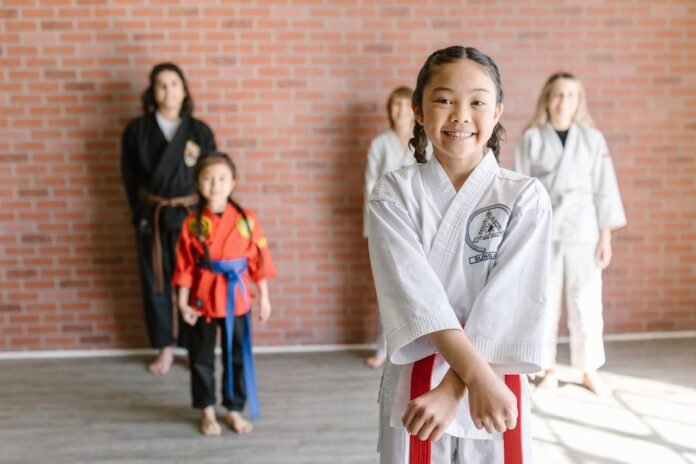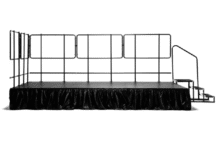Last Updated on March 9, 2025 by Bisma Sehar
As a parent, you always search for activities that don’t just occupy your child’s time. They should also help them gain strength and assurance while building discipline. Martial arts like Kung Fu are very good at achieving this combination.
So, if you’re thinking about signing up for Kung Fu classes for kids yet are unsure what it involves, this guide is made especially for you.
Table of Contents
Initial Steps to Enrolment
Looking for a school that can meet your expectations would be best. In doing so, think about the distance, quality of teaching and atmosphere that matches your kid’s personality.
Feel free to inquire about the instructors’ credentials, class group size, and teaching approaches. Most well-recognised schools provide sample classes – use these to assess your child’s enthusiasm and ease in that setting.
The First Class
Once you’ve enrolled your child, the first class often begins with a formal introduction to Kung Fu. Instructors typically teach the history and philosophy of the martial art, instilling respect and intrigue from the get-go.
Warm-Up and Stretching
Each Kung Fu training commences with an extensive warm-up and stretching ritual. This practice is crucial to prepare the body for a workout, thereby minimising possible harm. Kids will learn dynamic stretches. Their teachers will also guide them to gradually improve their flexibility – a key component in martial arts.
Basic Techniques
Kung Fu has many skills; novices begin with the fundamental aspects. Your child will learn basic positions, punches, kicks, and blocks. Teachers frequently use enjoyable activities to practice these methods so children can stay involved and entertained.
It’s a step-by-step process, with each class building on previous teachings. So, masters emphasise patience and practice while encouraging the kids to develop at their own pace.
Forms and Routines
After some time, your child will learn ‘forms’ – sequences of movements that are a hallmark of Kung Fu training. You can think of these routines as a dance, where each motion is an art form and a means of self-defence. Mastering these requires time and repetition. But when your children get it right, their feeling of accomplishment is incomparable.
Discipline and Etiquette
Discipline is a crucial part of Kung Fu training. Pupils learn to heed instructions, show esteem towards their teachers and fellow students, and dedicate themselves to consistent practice. Each class has a structured environment that reinforces courtesy and self-control. The mantra is clear: Kung Fu skills are for self-defence and personal growth, not for aggression.
Sparring and Application
As kids progress, they may begin light-contact sparring under strict supervision. This activity is a safe environment where they can apply their learned techniques. Instructors always stress the use of safety gear, and the emphasis is on learning, not competition.
Belt System
Like other martial arts, Kung Fu frequently utilises a belt ranking system to show a student’s proficiency level. Children appreciate the inspiration that comes when they get a new belt. It symbolises their intense effort and progress in this art form, indicating key achievements that can significantly enhance their sense of self-worth.
Physical and Mental Benefits
Your kid will also appreciate health benefits like better coordination, strength, endurance and heart health. Beyond the physical aspects, Kung Fu promotes mental strength, resistance and concentration.
With martial arts training, kids usually show improved manners at home and school, display a longer concentration time, and develop a stronger ability to handle difficulties.
Conclusion
Kung Fu provides a powerful framework for children’s development. It is a strengthening experience that prepares for long-term positive habits. Thus, when you put on your child’s first white belt, remember you’re introducing them to an environment of growth, balance and resilience.
Apart from that if you want to know about “How Can Kids Build Emotional Regulation Skills” then please visit our “Education” Category.
















